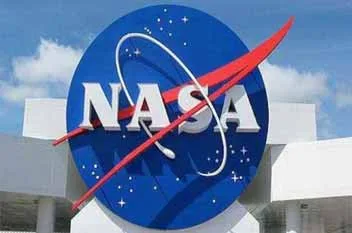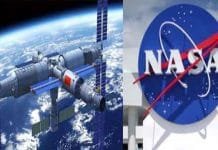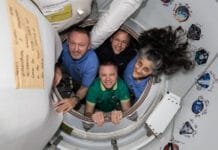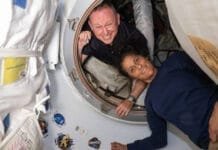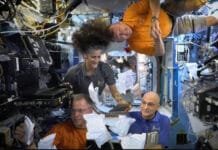Sunita Williams and Butch Wilmore were slated to return to Earth after an eight-day mission aboard Boeing’s Starliner spacecraft. Unfortunately, a helium leak in their spacecraft has caused repeated delays. As a result, their return has been pushed to at least February 2025. The ongoing issues have left them stranded in space for an extended period, raising concerns about their well-being and the effectiveness of current space travel technology.
Potential Risks of Extended Space Missions
The prolonged stay in space raises significant questions about the potential risks to Sunita Williams and Butch Wilmore’s health. Extended exposure to the space environment can lead to various physiological changes. One notable concern is space anemia, a condition identified in astronauts due to the loss of red blood cells. A study from Ottawa University reveals that astronauts can experience a 50% reduction in red blood cells during their missions. This reduction can lead to insufficient oxygen supply throughout the body, posing serious health risks.
Challenges in Spacecraft Return and Technological Hurdles
NASA recently announced that the Boeing Starliner spacecraft, initially intended to return Williams and Wilmore to Earth, will now return empty. Instead, the astronauts will be brought back by SpaceX’s Crew Dragon spacecraft in February next year. This delay allows SpaceX to prepare its next launch, which was initially set to carry four astronauts but will now accommodate only two, freeing up space for Williams and Wilmore.
Scientific Concerns and Health Implications
Dr. Vinod Kumar Srivastava, a former ISRO scientist, highlights the significant issue of space anemia. The destruction of approximately 30 lakh red blood cells per second in space contrasts sharply with the destruction rate of only two lakh cells per second on Earth. This imbalance creates a considerable challenge for long-term space travel, especially for missions to the Moon, Mars, or beyond. The exact reasons behind this phenomenon remain a subject of ongoing research.
Space Station Life and Daily Routines
Scott Kelly, an American astronaut who spent 340 days in space, described the demanding schedule aboard the International Space Station (ISS). Astronauts start their day at 6 a.m. and engage in various activities including experiments, repairs, and maintenance of the space station. These rigorous routines are crucial for ensuring the station’s proper functioning and the astronauts’ well-being.
The High Cost of Space Exploration
The U.S. invests heavily in its space programs, leading global spending by a significant margin. As of recent statistics, the U.S. space budget far exceeds that of China and India, with America spending more than any other country. Despite this, the U.S. has faced challenges in safely returning astronauts. Since the inception of space travel, 676 passengers have ventured into space, with 19 American astronauts losing their lives—a mortality rate of 2.8%. This figure underscores the inherent risks associated with space exploration.
The extended stay of Sunita Williams and Butch Wilmore in space highlights both the advancements and ongoing challenges in space travel. The delays in their return due to technical issues with the spacecraft underscore the need for continued innovation and improvement in space technology. As space exploration continues to evolve, addressing these challenges will be crucial for ensuring the safety and success of future missions.

